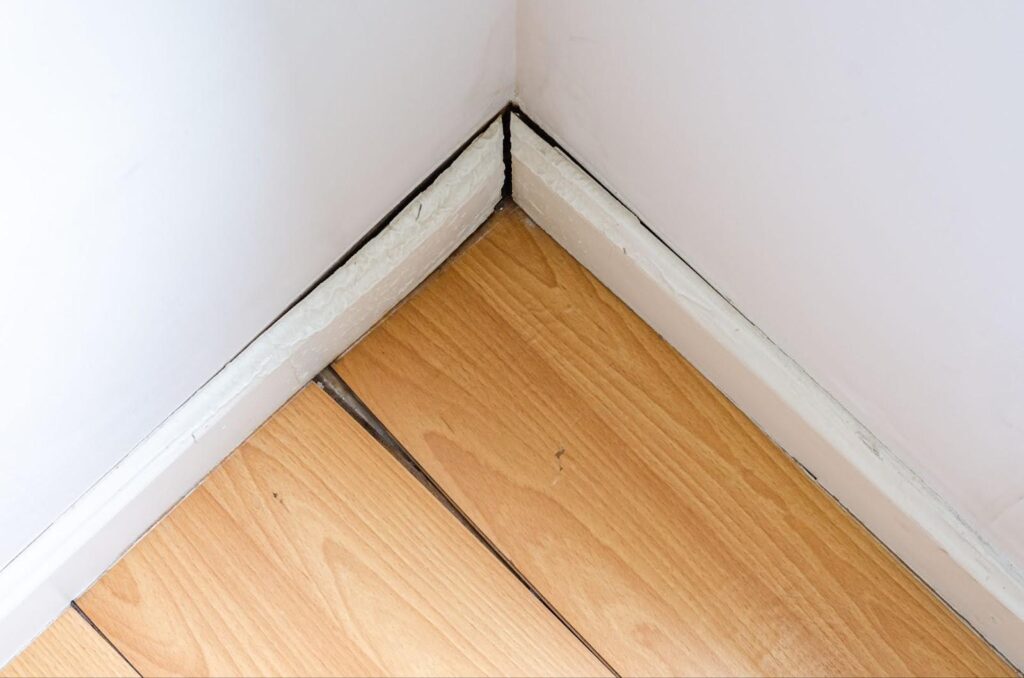Moisture is a huge problem for floors and ceilings in homes and businesses, but if you’re proactive, you can minimize the cost of water damage. Here are a few signs of water damage to watch out for.
1. Discoloration
Discoloration and staining indicate that water damage has occurred on both flooring and ceilings. It’s safe to consider discoloration or stains as an early sign of water damage. Before structural deformities or other issues arise, you may notice discoloration or stains in your hardwoods, carpeting, or laminate. The spot can be quite small at first, but it will be more noticeable on light-colored carpeting or flooring. Water damage on a ceiling or the floor often starts to expand gradually over time, so a spot may grow so slowly that you don’t notice a difference. If you find the staining and discoloration early, you may be able to contact a plumber to repair the leak before it grows too big and causes significant damage. Early detection is key to preventing costly repairs. Moisture intrusion from outside or beneath the subflooring (usually concrete subflooring that doesn’t have a moisture barrier) is a difficult thing to spot early, and it can destroy flooring quite quickly if it’s not handled early.
2. Warping
Another sign of water damage in flooring, especially hardwood and laminate flooring, is warping. Warping refers to the deformation of flooring or ceilings, and it’s pretty obvious when it gets bad. Early signs of warping may be hard to notice by sight, but you can often feel them when you’re walking. Warping occurs when the wood or other hard flooring absorbs water and dries. Since wood is also a component of laminate flooring, it’s also a common issue in laminate. Most warping is due to subfloor issues, but it can happen if there is incredibly high humidity in a home or if moisture is left on hardwoods regularly. How do you know if water damage is serious? While warped floorboards can be unsightly, they can also pose a tripping hazard in your home. What’s more, they may indicate significant water damage in the subflooring and even the structure of your home.
3. Mold and Mildew
Sometimes, you can smell water damage before you see it. Of all the signs of water damage we’ve reviewed, home and business owners are most often concerned about mold and mildew. This is because mold can be detrimental to your health and the overall air quality in the building. Mold and mildew can develop in the floors, ceilings, and walls, even if the leak or source of water damage isn’t substantial. Consistently high humidity can be enough to encourage mold growth in a home or business, and depending on the kind of mold you have, it can be quite dangerous. Black mold is a serious issue that needs to be mitigated quickly, and the sooner it’s noticed and dealt with, the better. Mold and mildew have a very identifiable, musty smell. If you notice this smell along with other signs of moisture in your home, you need to act quickly and get it removed. It’s important for your flooring and ceilings, as well as your family’s well-being.
Don’t Let Moisture Ruin Your Property
These are just three of the bigger indicators of water damage you may notice in your home or business. If you think you may have water damage or need to install new flooring, give us a call at Ozburn-Hessey today for a free consultation and estimate on your project.

